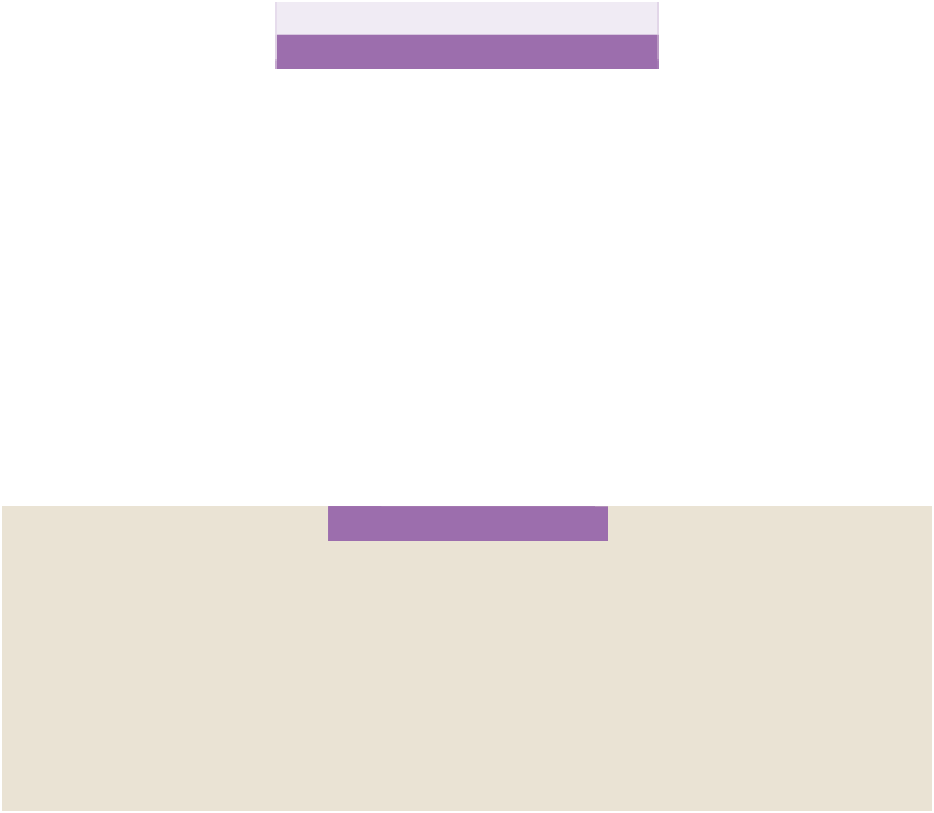Biology Reference
In-Depth Information
CHAPTER
25
Imaging Mass Spectrometry of Intact
Biomol
ecules in Tissue S
ections
Erin H. Seeley, Richard M. Caprioli
Mass Spectrometry Research Center, Department of Biochemistry,
Vanderbilt University School of Medicine, Nashville, TN, USA
OUTLINE
Introduction
393
3D Imaging
401
Matrix Application
394
High-Speed Imaging
403
Protein Analysis
396
Conclusions and Perspectives
403
Peptides and Protein Digests
397
Acknowledgments
403
Lipid Analysis
399
References
403
Drug Analysis
400
INTRODUCTION
dehydration, washing with organic solvents or
buffers, and matrix application. Mass spectral
data are then generated using an ionization
probe passed over the tissue surface in a raster
pattern, where each ablated spot or pixel gives
rise to an individual mass spectrum.
Traditional proteomic techniques for the anal-
ysis of molecules from tissue specimens, such as
LC-MS or 2D gel analysis, require that the tissue
be homogenized prior to analysis, eliminating
the spatial localization of analytes. Immunohis-
tochemistry allows for the localization of speci
Imaging mass spectrometry (IMS) technology
enables the
in situ
analysis of biomolecules
and pharmaceutical compounds directly from
thin tissue sections.
1
e
3
Thin sections (typically
5
e
20
m) are taken from a block of tissue and
collected onto a target in a fashion similar to
that used for histological analysis. After collec-
tion, sections are processed by one of several
methods depending on the class of molecules
to be analyzed. These steps may include
m
c




Search WWH ::

Custom Search